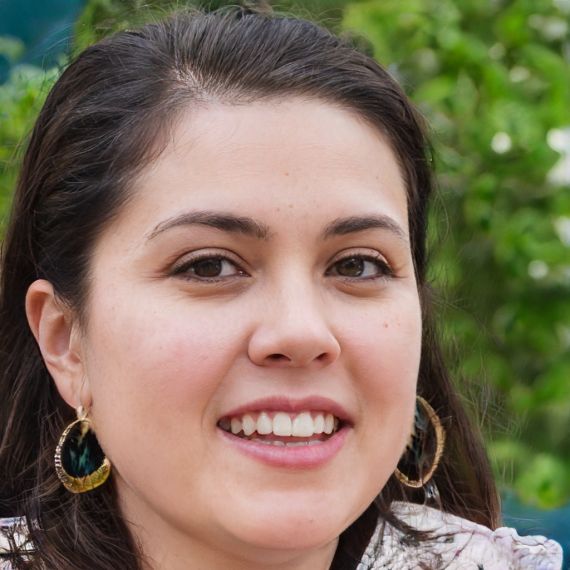Is there an anthocyanin supplement?
Grape seed extract, an especially rich source of anthocyanins, is the most widely researched anthocyanin supplement. Another excellent anthocyanin source—and one of my favorites—is a blend of fruit anthocyanins, which contains red grape, elderberry, blueberry, aronia berry, pomegranate, and red raspberry.
What does anthocyanins do for the body?
Anthocyanins possess antidiabetic, anticancer, anti-inflammatory, antimicrobial, and anti-obesity effects, as well as prevention of cardiovascular diseases (CVDs) [2]. And another question, how much anthocyanins should i take? The Joint FAO/WHO Expert Committee on Food Additives has established an acceptable daily intake of 2.5 mg/kg per day for anthocyanins from grape-skin extracts but not for anthocyanins in general.
Then, how much does anthocyanin cost?
They found the overall daily intake of anthocyanins was 12.5 milligrams per day, much less than estimates published in the 1970s that put average daily anthocyanin intake at 215 milligrams in summer and 180 milligrams in winter. Consequently, what vegetables contain anthocyanin? Which foods contain anthocyanins? Anthocyanins are found in high concentrations in blackcurrants, blackberries and blueberries, as well as in aubergine (in the skin), red cabbage, cranberries and cherries.
Is anthocyanin good for skin?
Anthocyanins reduce MMP production (Wang 2008). They also protect against UV skin damage by inactivating highly reactive molecules such as free radicals and reactive oxygen species (ROS) formed during sun exposure that start a chain reaction producing significant cell and tissue damage. Is anthocyanin harmful to humans? Although approved to color foods and beverages in the European Union, anthocyanins are not approved for use as a food additive because they have not been verified as safe when used as food or supplement ingredients. There is no conclusive evidence that anthocyanins have any effect on human biology or diseases.
Similar articles
- How much anthocyanin is in tart cherry juice?
- Are there any new benzodiazepines?
Despite the large number of benzodiazepine products in Europe, etizolam is still the dominant market. However, this could change as flualprazolam and etizolam were both placed under international control in November 2020. Shaw.
- Is there enteric-coated Advil?
This study has shown that the enteric-coated dosage form for ibuprofen can deliver the medication in a controlled way to the gut. However, this biogel-based delivery system is not yet fully understood. This study focuses mostly on the absorption mechanism of the biogel.
- Is there such thing as raspberry extract?
- Is there steroids in Ayurvedic?
- Is there a pill that gives you energy?
- Is there carnitine in eggs?
 Drugs Forum
Drugs Forum
